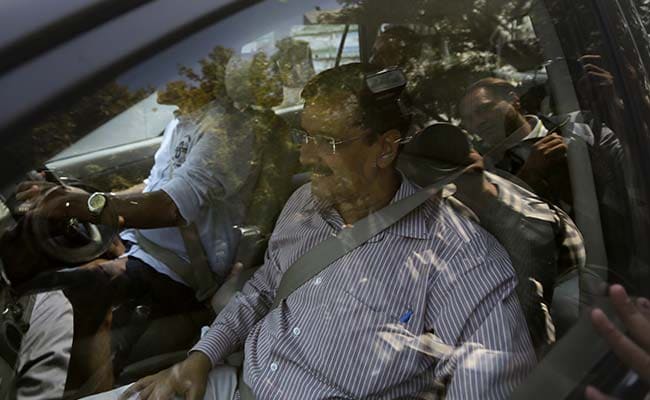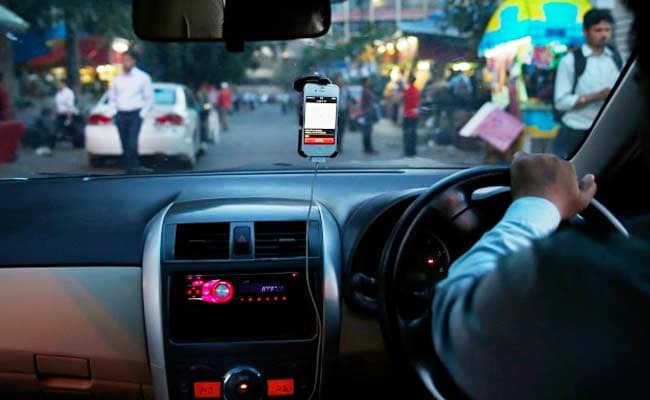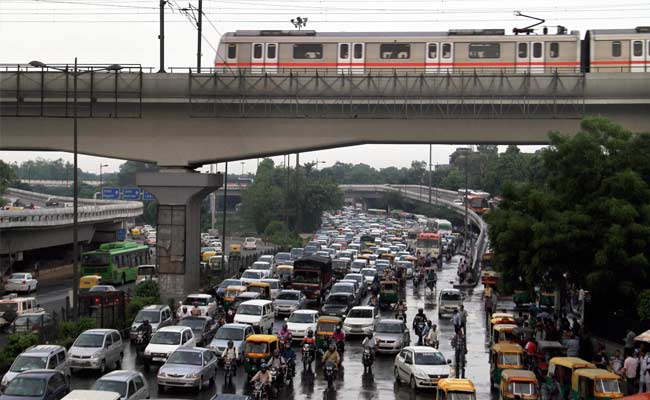The timing of Kejriwal's move against Uber isn't hard to understand. Delhi is in the middle of the second installment of odd-even car rationing, and Kejriwal doesn't want Delhi's car-owning solid citizens moaning about being gouged by a rapacious multinational. This answer raises further questions: if surge pricing is bad, why didn't Kejriwal's government stop it during the first round of restrictions? Also, if surge pricing is unfair in times of scarcity, it remains unfair in principle even in normal, unregulated times. Kejriwal seems to have acted inconsistently and arbitrarily.
But setting aside Kejriwal's motives and rationality, the larger question is this: should Uber or Ola be allowed to vary their per kilometre rate at will when yellow cabs and auto-rickshaws are stuck with fixed rates? If, as Uber's defenders never tire of saying, the app's algorithms represent the invisible hand of the market, frictionlessly matching supply and demand, why should the individual auto-driver be punished and maligned for asking for more than the metered price?

After Chief Minister Arvind Kejriwal's warning to taxi apps Ola and Uber against surge-pricing during odd-even in Delhi, 18 cabs were impounded on Monday for overcharging.
If app-based surge-pricing is rational and therefore legal for Uber, lone-ranger extortion should be legal for individual auto and yellow cab drivers. Sauce for the goose should be sauce for the gander. Why should a global cab-aggregating behemoth be allowed to turbo-charge its meter when legions of the respectable poor who drive autos can have their licenses taken away for revving up theirs? If app-based cab services are going to be allowed surge-pricing, yellow cabs and auto-rickshaws should be allowed to multiply their metered fares whenever they see an opportunity.
But this, apparently, is simple-minded. The whole point about app-based aggregation is that it creates more perfect markets, matching buyers and sellers in a dynamic way. There is a logic to it that is different in kind from the predatory opportunism of the untethered auto-wallah. So, the argument goes, auto-drivers ought to be allowed surge-pricing as long as they are agents of aggregators. Once they are assimilated into the algorithm, they become part of a surge-priced solution, whereas alone they are merely perverse malcontents.

Uber said in a statement that surge pricing - or higher fares - when demand rises, is standard
Uber's defence of dynamic pricing is based on the assumption that the supply of Uber cabs is very elastic and very responsive. This might be the case. Or not. Anecdotally, there are many stories of drivers taking loans to buy a car to sign up with Uber. Typically, this means exploiting this valuable resource to the maximum, which in turn means driving long hours, or hiring someone else to do a shift when the owner sleeps. Alternately, if the owner is a man of means who has bought dozens of cars and hired men to drive them, he is unlikely to allow them the luxury of staying off-road and off-line, waiting for that plum surged ride to arrive. He's going to have them slaving through their shift, hoovering up all the drives their shifts can accommodate, specially since Uber incentivizes drivers to rack up a certain number of rides in a given span of time.
I don't know enough about the business to arrive at conclusions, but I am suggesting that it is reasonable to ask for evidence of the supply elasticity which is the basis of Uber's defence of dynamic pricing. In the absence of such evidence people, will continue to wonder if surge pricing is a gambit based less upon the availability of cars than the need to opportunistically bid up prices to test what the market can bear.

The government is under pressure to ensure public transport for commuters in the 15 days that the odd-even rule is in place
The reason Uber can afford these subsidies is because it is an enormously wealthy multi-national company with bottomless pockets. In the long term, there might well be a plan for making a profit out of every ride, but for the moment, Uber's fares are the service sector's equivalent of dumping: selling a service well below cost to kill the local competition. This might be legal, but it is anti-competitive - and by the rules of the marketplace, utterly unfair. Perhaps Uber's subsidised base rates are the bait and its "dynamic" fares a way of schooling desis into accepting the "rationality" of violently fluctuating fares.
It's worth remembering here that Uber's defenders, commited though they are to the invisible hand of the market, haven't spared much thought for the plight of the auto-driver, double-whammied by fixed fares and anti-competitive subsidies. An uncharitable explanation might be that this is precisely because Uber liberates middle class professionals from both the awfulness of autos and the need to think about them. Uber is a tech miracle, clever, cutting edge, the coming thing. It's destiny...at a price they can afford. They are spared the need to wonder if it is fair or just or just too good to be true: it's the future and who can be against that?
Mukul Kesavan is a writer based in Delhi. His most recent book is 'Homeless on Google Earth' (Permanent Black, 2013).
Disclaimer: The opinions expressed within this article are the personal opinions of the author. The facts and opinions appearing in the article do not reflect the views of NDTV and NDTV does not assume any responsibility or liability for the same.


